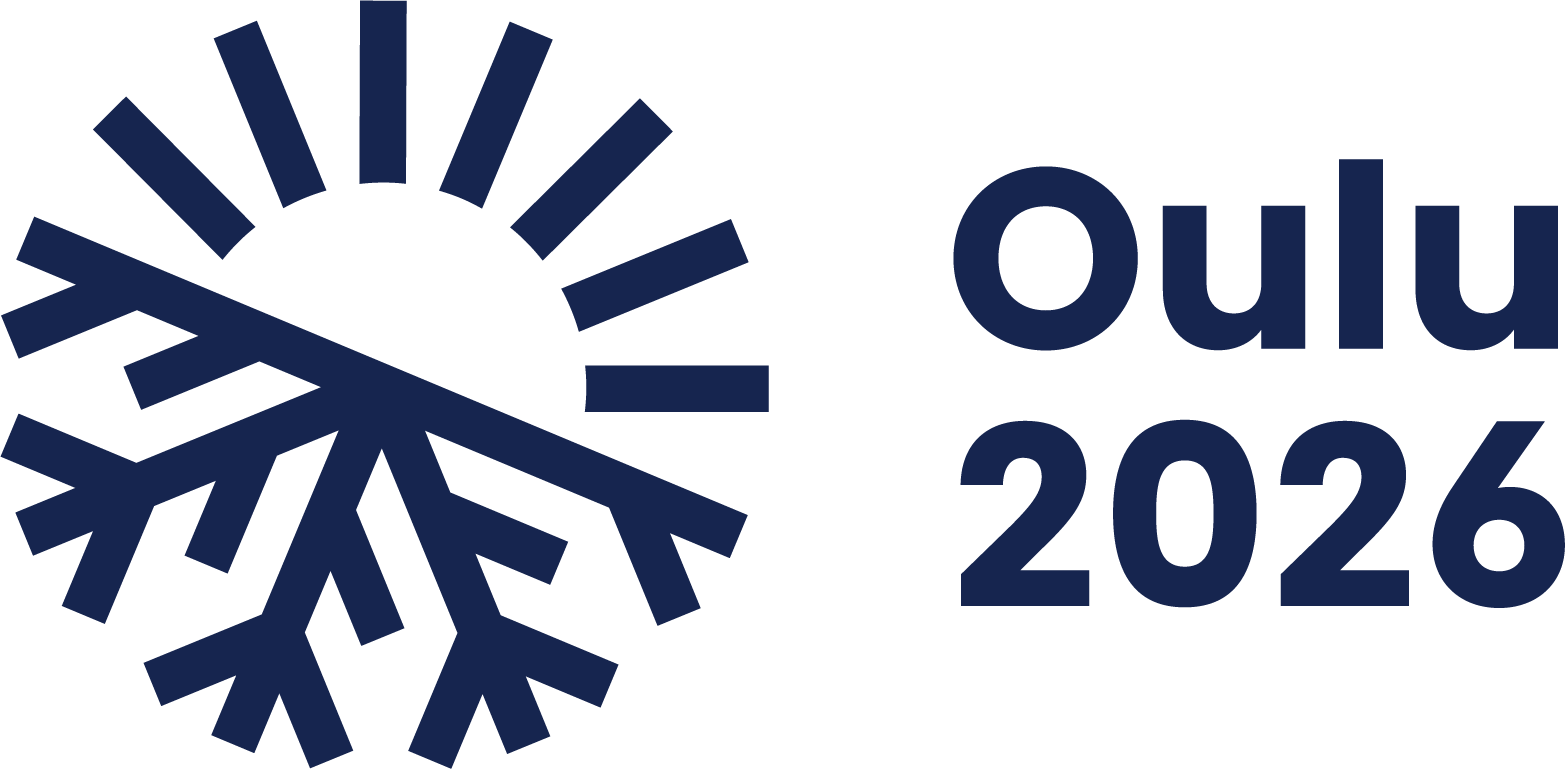Kulttuurin elämysoppaat -hanke päättyi 30.9.2023. Hieman yli kaksivuotisen hankkeen tavoitteena oli luoda uutta työtä luovien ja kulttuurialojen tekijöille, jotka ovat työttömiä, työttömyysuhan alla olevia, vajaatyöllistettyjä ja toistuvaistyöttömiä. Hankkeessa pyrittiin luomaan Pohjois-Pohjanmaalle kulttuurimatkailun toimintamalli ja toimijaverkosto, joka auttaa matkailijoita löytämään uudenlaisia elämyksiä Pohjois-Pohjanmaalta. Kulttuurin elämysoppaat -toimintamallilla oli tarkoitus tuottaa kulttuurielämyksiä myös haavoittuvassa asemassa oleville kohderyhmille esimerkiksi hoivalaitoksiin, julkisiin tiloihin ja koteihin, tarvittaessa myös digitaalisesti.
Käytännössä hankkeessa luotiin kulttuurimatkailun toimijaverkosto ja toimintamalli Pohjois-Pohjanmaalle järjestämällä seminaareja, webinaareja ja match making -tapaamisia. Seminaareja järjestettiin kuusi kappaletta ja match making -tapaamisia kaksi. Osallistujia tapahtumissa oli yhteensä 432. Seminaarien aiheina olivat pyhiinvaellusmatkailu & synkkä turismi, tapahtuman järjestäminen luontokohteessa, kulttuurimatkailun kansainvälistäminen, virtuaalinen kulttuurimatka historiaan (osana TechArt-hankkeen loppuseminaaria), kulttuurihyvinvointi (kansainvälinen seminaari) sekä hankkeen loppuseminaari. Match making -tapaamisten aiheina olivat muutos työelämässä sekä alueellinen yhteistyö.
Hankkeessa järjestettiin viisi kolmen kuukauden valmennusjaksoa yli 25-vuotiaille luovien ja kulttuurialojen ammattilaisille. Valmennettavien osaamisalueina olivat mm. kuvataide, sirkus, musiikki, teatteri, ruokakulttuuri, valokuvaus, av-alat, tanssi, journalismi, matkailu, kulttuuriperintö, sanataide, historia ja hoiva-ala. Yhteensä hankkeessa valmennettiin 71 kulttuurin elämysopasta. Valmennusjakson sisällöt olivat liiketoiminta, kulttuurihyvinvointi ja -oikeudet, matkailu, markkinointiviestintä ja palvelumuotoilu. Valmennukset sisälsivät kaikille yhteisiä lähiopetuspäiviä, pari- ja ryhmätyöskentelyä, itsenäistä teoriaopiskelua sekä tekemällä oppimista. Valmennettavat loivat 29 elämyksellistä kulttuurimatkailun tai kulttuurihyvinvoinnin palvelutuotetta, joita pilotoitiin käytännössä Pohjois-Pohjanmaan alueella.
Valmennettaville luotiin Facebookiin suljettu Kulttuurin elämysoppaat -ryhmä, joka jää hankkeen jälkeen käyttöön. Ryhmässä elämysoppaat löytävät itselleen yhteistyökumppaneita, mainostavat tuotteitaan ja palveluitaan, jakavat tietoa rahoituslähteistä ja koulutuksista sekä saavat vertaistukea. Oulun kaupungin tapahtumakalenterin Tekijät ja paikat -otsikon alle lisättiin kaksi uutta osiota, Taitelijat ja esiintyjät sekä Tuottajat. Kulttuurin elämysoppaat voivat tehdä näihin omat osaajaprofiilinsa ja lisätä tapahtumakalenteriin Oulun alueella järjestämänsä tapahtumat.
Hanke järjesti kaksi viiden päivän kestoista opintomatkaa ulkomaille (Tsekkiin ja Viroon), ja matkoille osallistui 43 hankkeen valmennettavaa. Matkoilla vierailtiin erilaisissa luovien alojen keskittymissä ja residenssikeskuksissa, suomalaista taidetta ja kulttuuria kohdemaihin tuovissa organisaatioissa sekä Euroopan kulttuuripääkaupunki -tittelin saaneissa kaupungeissa. Palautteiden mukaan valmennettavat loivat opintomatkoilla verkostoja, oppivat kulttuurimatkailusta sekä saivat inspiraatiota ja rohkeutta omaan tekemiseen. Lisäksi jokaisen valmennusryhmän kanssa tehtiin päiväretki Oulun lähiseudulla. Näillä matkoilla vierailtiin alueen matkailuyrittäjien luona sekä tutustuttiin kulttuuritoimijoihin. Opintomatkat tehtiin Iihin, Kempeleeseen ja Ylikiiminkiin, Martinniemeen, Pikisaareen sekä Hailuotoon ja Varjakkaan.
Kulttuurin elämysoppaat -valmennusten osallistujat antoivat valmennukselle yleisarvosanan 4,07/5,00 (asteikko 1–5 erittäin huonosta erittäin hyvään). Osallistujien osaaminen valmennuksen osa-alueilla vahvistui, ja pilottiprojektit koettiin hyödyllisiksi ja opettavaisiksi. Palautekyselyjen avoimissa vastauksissa yleisimmiksi valmennuksesta koetuksi hyödyksi nousivat verkostoituminen ja oman ammatillisen itseluottamuksen vahvistuminen.
